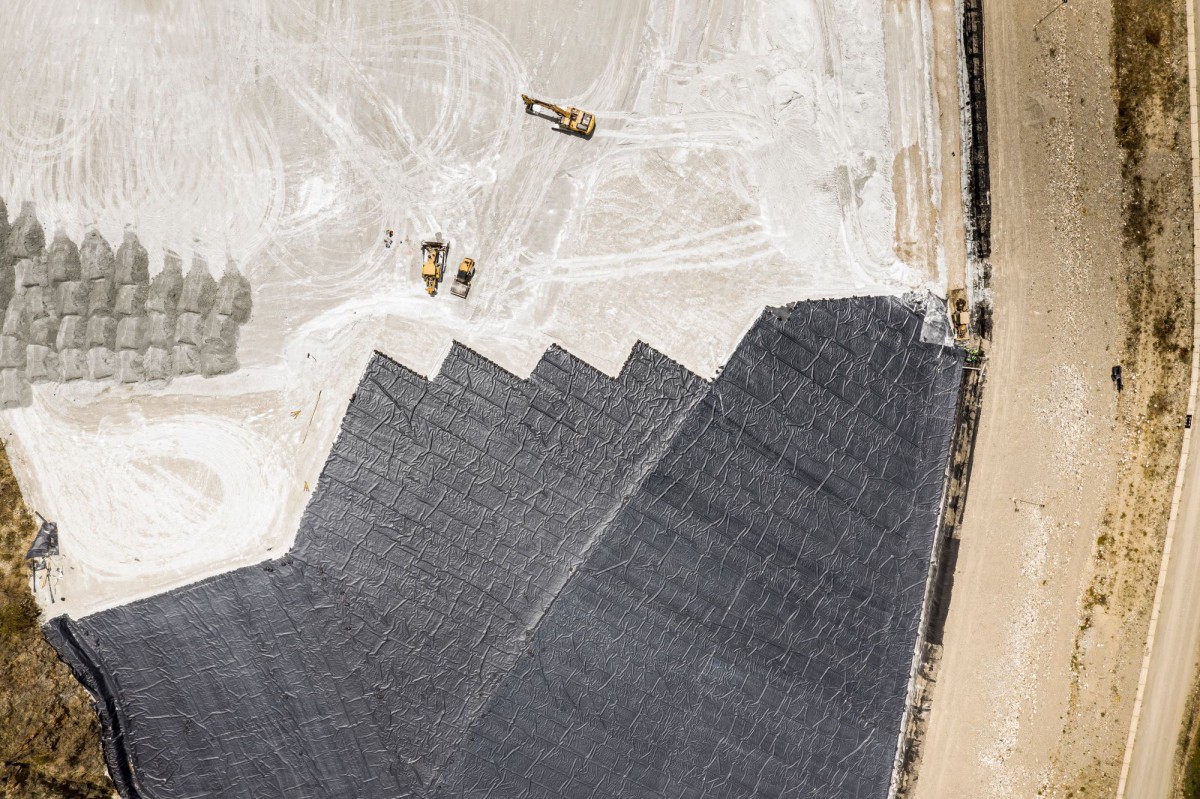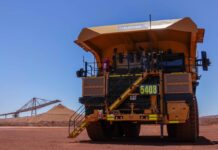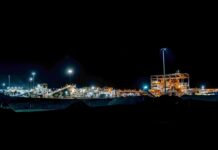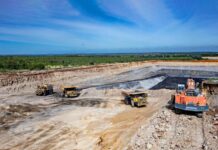Rio and UQ monitor mine waste with drones and sensors

Local researchers, in partnership with a global miner, are developing new ways to monitor mine waste using drones and ground sensors.
Rio Tinto and the University of Queensland are working together to advance mineral waste management solutions with the aim of improving safety and land rehabilitation across mine sites.

University of Queensland’s (UQ) School of Civil Engineering lead investigator Dr Thierry Bore says safe management and rehabilitation of mine waste is one of the biggest challenges facing the industry.
“Mine waste is currently monitored using expensive and challenging drilling techniques and sometimes the results aren’t accurate,” he said.
“We are developing advanced technologies to capture electromagnetic measurements which could tell us what is happening in the soil, rock and water underneath.
“This method is currently used in agriculture but, when combined with geochemical information from mine waste, we might be able to apply it to the mining industry.”
Dr Bore says the project’s concept is highly innovative and, if successful, will allow 4D monitoring using space and time, covering a mine’s whole life cycle.
“It would also reduce the dependency on laboratory testing.
“There is an increasing demand for critical minerals such as nickel, copper and cobalt, which are used to build modern technologies including solar panels, electric cars and batteries.
“This growing demand will result in more mining and therefore more waste, which is why this technology is vital for the industry.”

UQ’s Sustainable Minerals Institute associate professor Mansour Edraki says the project builds on previous investigative research.
“We are taking full advantage of existing capabilities within UQ and using existing knowledge in new ways,” he said.
“Our team combines expertise in geochemistry, geotechnics, geophysics, mathematics and agriculture, and we are also working with collaborators at the Sorbonne University in Paris.”
Development of the new technique is being funded by mining company Rio Tinto under a 3-year contract and will be tested at one of the miner’s overseas sites.
Rio Tinto closure R&D manager Santiago Barrera Ramirez says “we recognise that while mining and processing can extend over decades, our roles as stewards of the land is temporary and we always look to innovate and implement best practices in site closure and remediation”.
“This collaboration aligns with our commitment to reducing environmental impact and to finding better ways to provide the materials the world needs,” he said.













